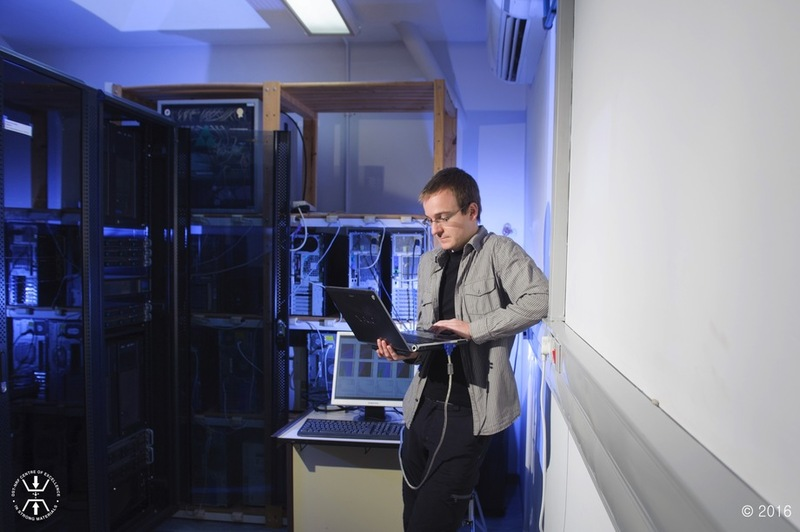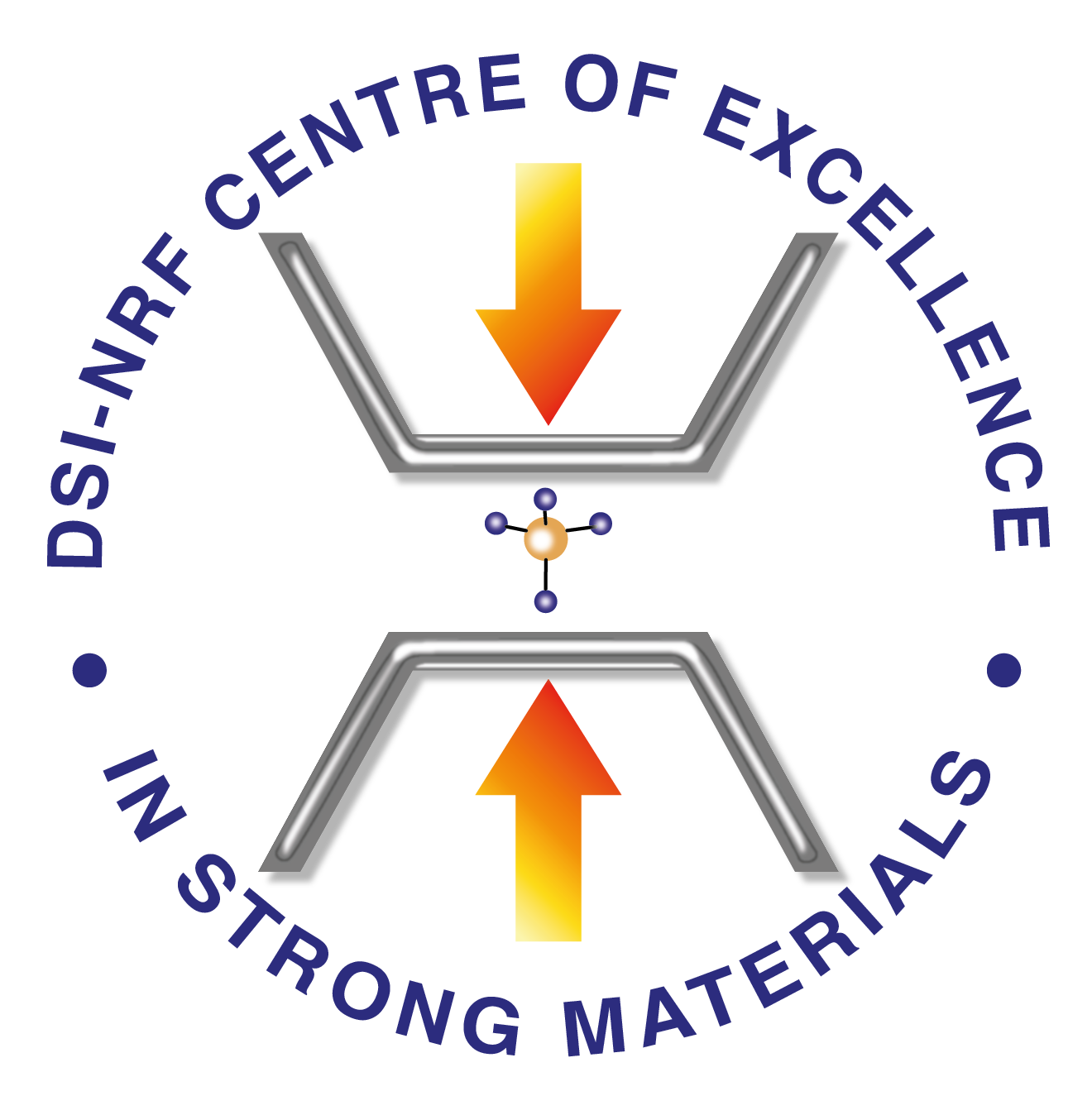Overview: New UltraHard Materials

Although diamond is the hardest known material, it has many shortcomings for industrial applications. The aim of the New Ultra Hard Material focus area is to apply various techniques toward the prediction and understanding of a wide variety of potentially new hard materials.
Theoretical Computational Modelling
Advanced Quantum Mechanics is able to reliably examine fundamental properties of materials, including structural, elastic, electronic, magnetic and optical properties. Various simulation techniques are employed, ranging from Ab-initio methods over semi-empirical force field approaches to parameterised model systems. New UltraHard Materials focuses on superhard materials involving first and second row chemical elements.
High Pressure Synthesis
Synthesis and characterisation of new ultra hard materials using diamond anvil cells (DACs). A very large pressure is transmitted to the sample in the cavity between two diamond anvils. Pressures to 30 GPa can be attained on a routine basis concurrent with laser heating of the sample. Such extreme P-T conditions can induce transformations to potentially new strong phases.
Ion induced processes and Nanohard materials
Highly charged ions interact with materials inducing changes in chemical structure. Various ways of producing structural defects and other forms of new ultra hard materials like nano diamond can be produced.
X-ray Diffraction
X-rays are used to examine the fundamental structure of newly synthesised ultra-hard materials. In this way various phases can be identified.
Synthesis of Composite Materials and study of optical, electronic and magnetic properties
Synthesis and characterisation of new materials which broadly contribute to the advancement of understanding of the relationship between processing of materials, structures/microstructure and basic physical and mechanical properties of materials. The knowledge based on the effect of structural or micro structural including effect of different parameter and processing conditions along with characterisation will produce well defined new materials. Theoretical study on these materials gives an output about the processing of the materials with well-defined parameters.
Laser spectroscopy
Room - and low - temperature characterisation of rare-earth doped new ultra hard materials using laser spectroscopy. This provides useful information on the optical properties of the materials and the effects of ambient and/or host conditions.
Focus Area Co-ordinator
Prof. A. Quandt
Members
Prof. K. Bharuth-Ram
Prof. D. Billing
Prof. C. Billing
Prof. J.D. Comins
Prof. G.H. Hearne
Prof. T. Lowther
Prof. M. Ntwaeaborwa
Prof. E. Sideras-Haddad
Dr M. Mujaji
Dr R. Warmbier


